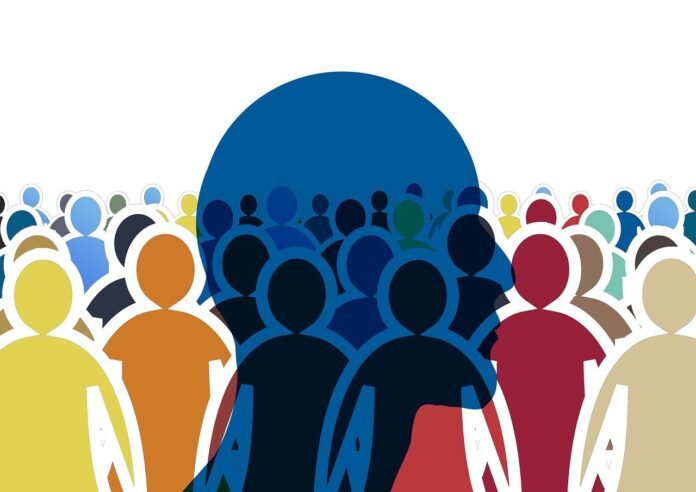A recent study published in the journal World Psychology estimated a high increase in hikikomori social withdrawal cases. This increase is not confined to Japan alone, as it was initially believed and it has spread to the whole world. The most common age group to experience this extreme social anxiety is younger people especially teenagers.
Dr. Takahiro A. Kato from the School of Medical Sciences, Kyushu University, Fukuoka is the first author of this study. According to him, the high prevalence of the cases showing signs of hikikomori or extreme social withdrawal has made health experts wonder that it is not something that is limited to Japan alone, or it is a cultural condition. Many cases from Korea, India, the US, Australia, and Hongkong have also been reported which are geographically and culturally far distant from each other.
Despite the fact that hikikomori is not considered a mental disorder, its widespread indicates that it needs attention, care, and more importantly, a diagnostic criterion for helping all people who may have it. Without diagnostic criteria, it may be hard for doctors to identify the patients at risk.
Also read- Scientists Have Found an Enterovirus that Causes Diabetes Type 1
Just like all other diseases, the first step to treat hikikomori or extreme social withdrawal is to identify and understand it.
In this condition, a suspected patient completely cuts him off from the world and even from family members. He doesn’t go out or meet people. The word “hikikomori” in Japanese is used for this condition and also for the patient who may show it.
It is hard to diagnose it in people mainly because it can attack and hit anyone. The most likely age group to experience hikikomori is between 20 years to 27 years old adults but it is also possible for older adults to have it.
For now, doctors rely on common information such as; how often does a person goes out to do something, or meet someone. Generally, going out one to three times a week only shows a mild hikikomori. The signs of hikikomori social withdrawal may last for up to six weeks and more if the condition gets worse or other factors combined.
It is not like people with social withdrawal don’t want any social contact, it is just that they don’t have many contacts to do it. The main cause of this condition is stress, depression, and anxiety which could be triggered by anything. But instead of fixing the problem these people take the other way and hide into social isolation, hoping to avoid everything. But after some days, the person is more likely to feel lonely, hopeless, and alone which will make his condition worse.
Also read- Processed Foods Increase Risk of Heart Disease Significantly
Surprisingly, men are easier victims for this social withdrawal as compared to women. Researchers estimate this ratio to be 4:1 in men and women. Up to 90% of these people are already living with their families and only 11% of suspects live separately.
It is also possible for hikikomori social withdrawal to overall and co-exists with a number of other physical and mental health problems such as anxiety, panic disorder, mood disorders, eating disorders, and personality disorders.




